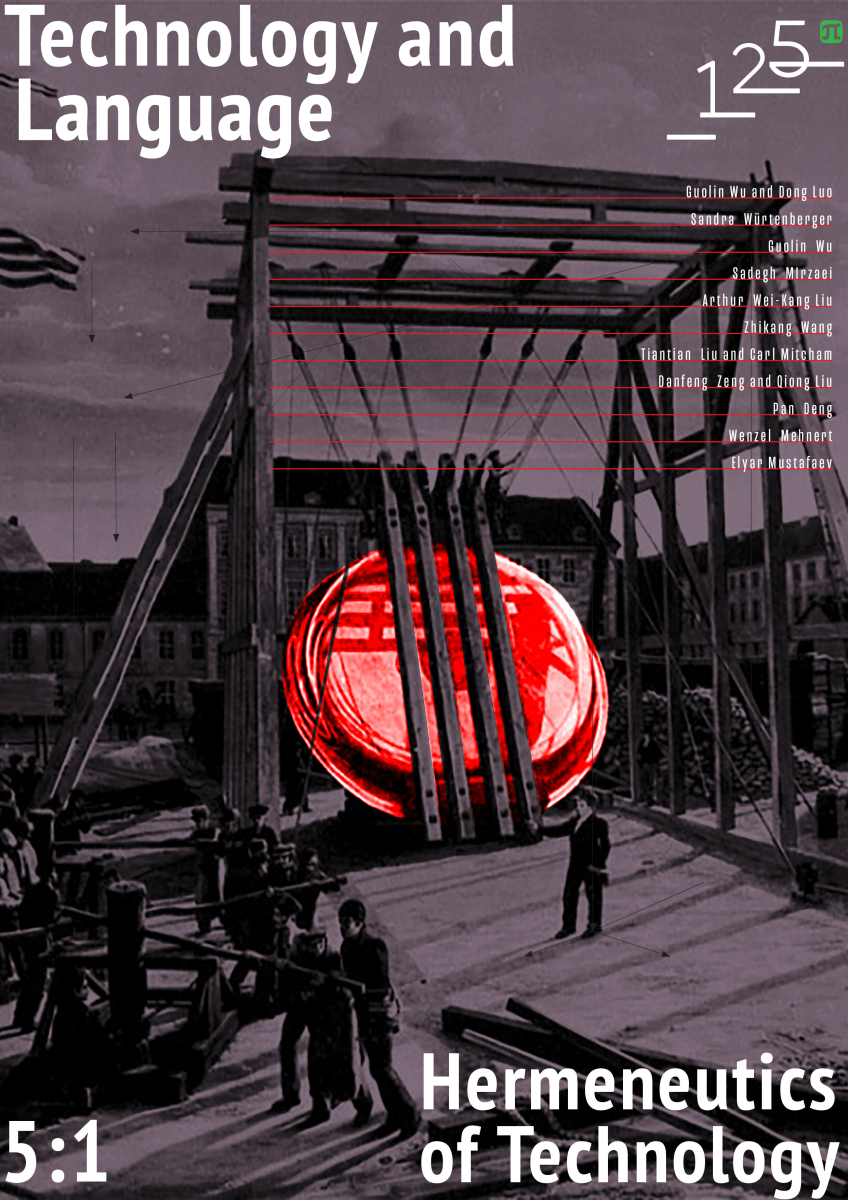On the Art of Shibari as a Form of Writing
The art of tying the body with rope can be considered a form of writing. In this technique, the rope moves, leaving traces-patterns on the body which acts as a living and feeling canvas. There is interaction at two levels: control of the ropes, their arrangement of nodes as a created pattern, and the impact on the person who feels the ropes and reacts to them in one way or another. Handwriting depends on the pressure on the paper. But if the “paper” feels touch, smooth curls or painfully sharp underlines, then in the course of writing you have to solve two problems – to make the letters correct, and to establish an emotional relationship with the paper. Thus, in shibari, logical concentration, correctness and safety of construction are important, but an even more lively response requires sensory involvement from the master or mistress. However, unlike most writing or painting, where it is enough to look at the result, in shibari it is important to see the stages of creation, as if the artist was fundamentally changing his work with each new stroke. Shibari as a language takes place on two planes: one existing in space – a three-dimensional pattern of knots and lines on the body, the other, unfolding in time – the movement of the rope, and the body subordinate to it. Shibari has the features of a performance, and tying can serve to convey the theatrical relationship between the master and the model, and, together with the surroundings, create a plot. Moreover, the drawing of a rope can convey specific meanings. In ancient Japan, when binding was used for prisoners, the ropes on the body not only prevented escape and determined the remaining degrees of freedom. The knots were also of service for providing information about the person.



